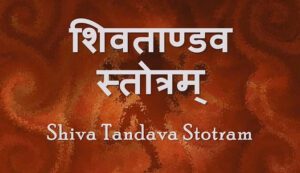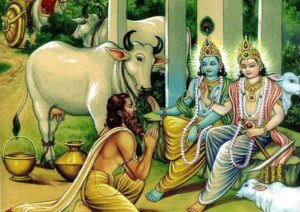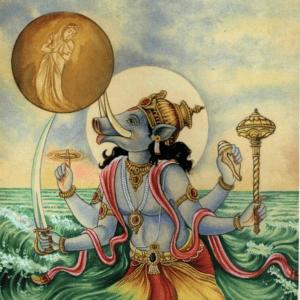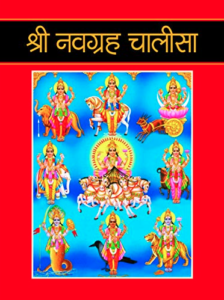Mandukya Upanishad
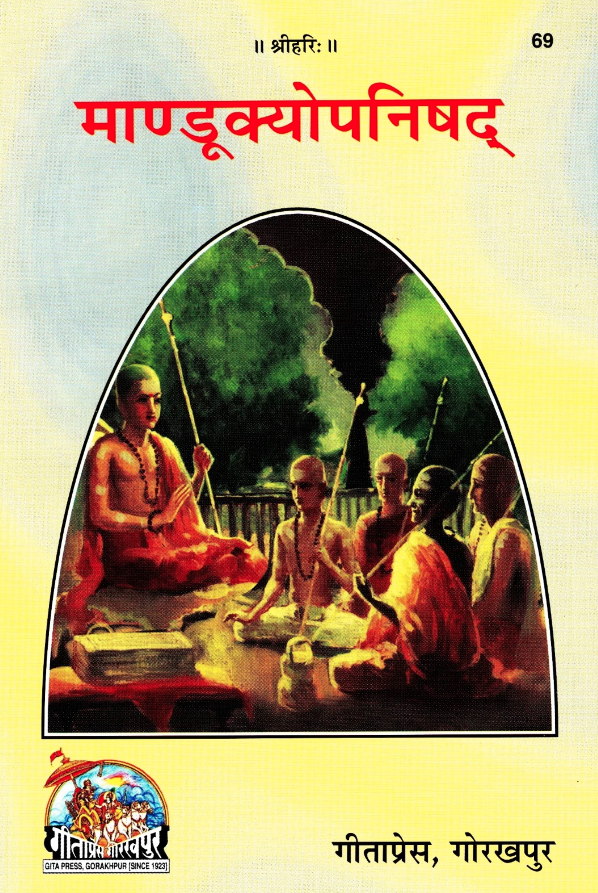
Read or Download Mandukya Upanishad
Mandukya Upanishad: Navigating the Mystical Realms of Consciousness
Nestled within the vast expanse of ancient Indian philosophy, the Mandukya Upanishad stands as a succinct yet profound exploration of the nature of consciousness. Comprising only twelve verses, this mystical text delves into the essence of the sacred syllable “Om” and unravels the layers of consciousness, guiding seekers on a journey to the ultimate reality. The Mandukya Upanishad, though concise, carries the weight of deep metaphysical insights that resonate with the core of human existence.
The Power of “Om”:
At the heart of the Mandukya Upanishad lies the primordial sound, “Om” (AUM). This sacred syllable, considered the cosmic vibration that pervades the universe, is dissected and expounded upon in the Upanishad. The Mandukya Upanishad introduces “Om” as a symbol encompassing the entire range of human consciousness—waking, dreaming, and deep sleep—along with the transcendent fourth state known as Turiya.
The Four States of Consciousness:
The Mandukya Upanishad delineates four states of consciousness, each symbolized by a component of the “Om”:
- Vaishvanara (A): The waking state, where consciousness is directed outward, perceiving the external world through the senses. In this state, individuals identify with the physical body and experience the diversity of the material world.
- Taijasa (U): The dreaming state, characterized by the internalization of consciousness. In dreams, the mind creates a subjective reality, and the individual perceives a world crafted by the inner psyche. Taijasa represents the subtle, dreamlike realm of existence.
- Prajna (M): The state of deep sleep, where consciousness transcends both external and internal perceptions. Prajna is associated with a profound sense of peace and tranquility, devoid of the dualities present in waking and dreaming states.
- Turiya (Silence after “Om”): The transcendent state, represented by the silence that follows the chanting of “Om.” Turiya is the state of pure consciousness beyond the limitations of time, space, and individual identity. It is the substratum that underlies and transcends the other three states.
The Symbolism of “Om” and the Three Matras:
The Mandukya Upanishad delves into the symbolism of the three matras (components) of “Om”—A, U, and M—representing the three states of consciousness. The silence following “Om” signifies Turiya, the ineffable state of absolute consciousness. The Upanishad invites seekers to contemplate the profound implications of this sacred sound, recognizing it as the gateway to the deepest layers of the self.
Turiya: Beyond Transcendence:
Turiya, the fourth state, is a central theme in the Mandukya Upanishad. It transcends the limitations of the three states of consciousness, representing the eternal, unchanging reality that persists through waking, dreaming, and deep sleep. Turiya is not an altered state of consciousness but the awareness of the unchanging substratum that underlies all experiences.
The Symbolism of “Om” in Meditation:
The Mandukya Upanishad extols the transformative power of meditating on “Om.” It suggests that the meditator should gradually shift their focus from the external sounds to the internal sound of “Om,” recognizing it as the essence of the self. The Upanishad emphasizes that through this practice, the meditator attains a profound understanding of the interconnectedness of individual consciousness with the universal consciousness represented by “Om.”
Unity of Individual and Cosmic Consciousness:
A recurring theme in the Mandukya Upanishad is the unity of individual consciousness (Atman) with the cosmic consciousness (Brahman). It elucidates that Turiya, the fourth state, is the essence of both individual and universal consciousness. The Upanishad breaks down the illusion of separateness, guiding seekers to recognize the eternal oneness that permeates all of existence.
The Role of Self-Realization:
The Mandukya Upanishad is not a mere intellectual discourse; it is a guide to self-realization. It encourages seekers to go beyond intellectual understanding and directly experience the truth within themselves. The Upanishad suggests that realizing Turiya is not an attainment but a recognition of the eternal reality that has always been present.
Practical Application in Daily Life:
While the Mandukya Upanishad delves into profound metaphysical concepts, it is not detached from the practical aspects of daily life. The Upanishad’s teachings can be applied to enhance self-awareness, mindfulness, and a deeper understanding of the nature of consciousness. By recognizing the transient nature of waking, dreaming, and deep sleep states, individuals can cultivate a sense of equanimity and detachment, leading to a more harmonious and purposeful life.
Contemporary Relevance:
The Mandukya Upanishad, despite its ancient origins, remains relevant in the contemporary world. Its teachings on consciousness, self-realization, and the interconnectedness of all life resonate with individuals seeking meaning and spiritual depth in the midst of a rapidly changing and interconnected global society. The Upanishad’s timeless wisdom provides a roadmap for navigating the complexities of modern life with a sense of purpose and inner peace.
Conclusion:
In the twelve verses of the Mandukya Upanishad, seekers are invited on a mystical journey into the realms of consciousness, transcending the ordinary and exploring the eternal. The Upanishad’s exploration of “Om” and the four states of consciousness serves as a guide for individuals seeking to understand the nature of reality, the self, and the interconnectedness of all existence. As seekers contemplate the profound teachings of the Mandukya Upanishad, they embark on a transformative quest to recognize the eternal silence that underlies the symphony of life’s cosmic dance.
